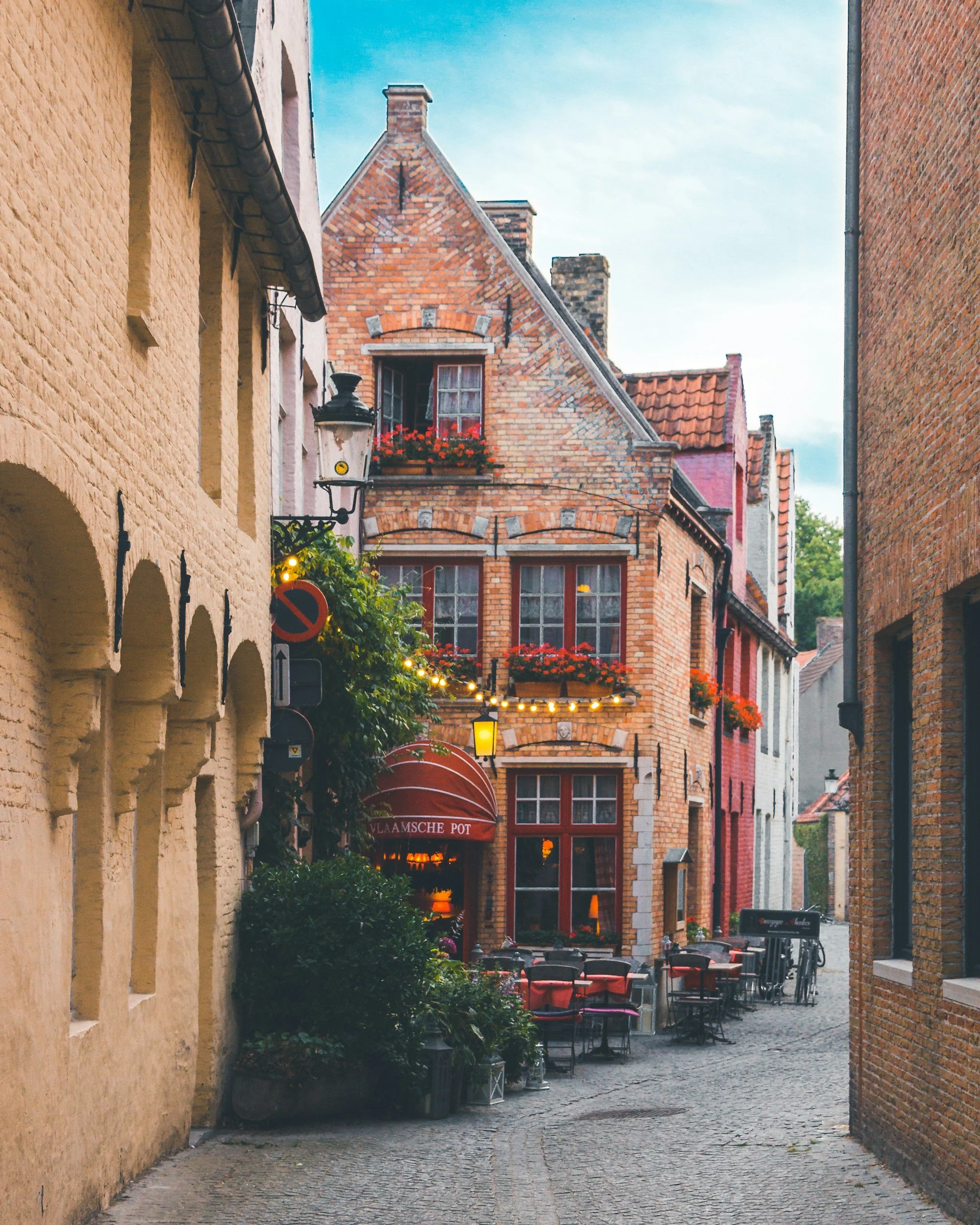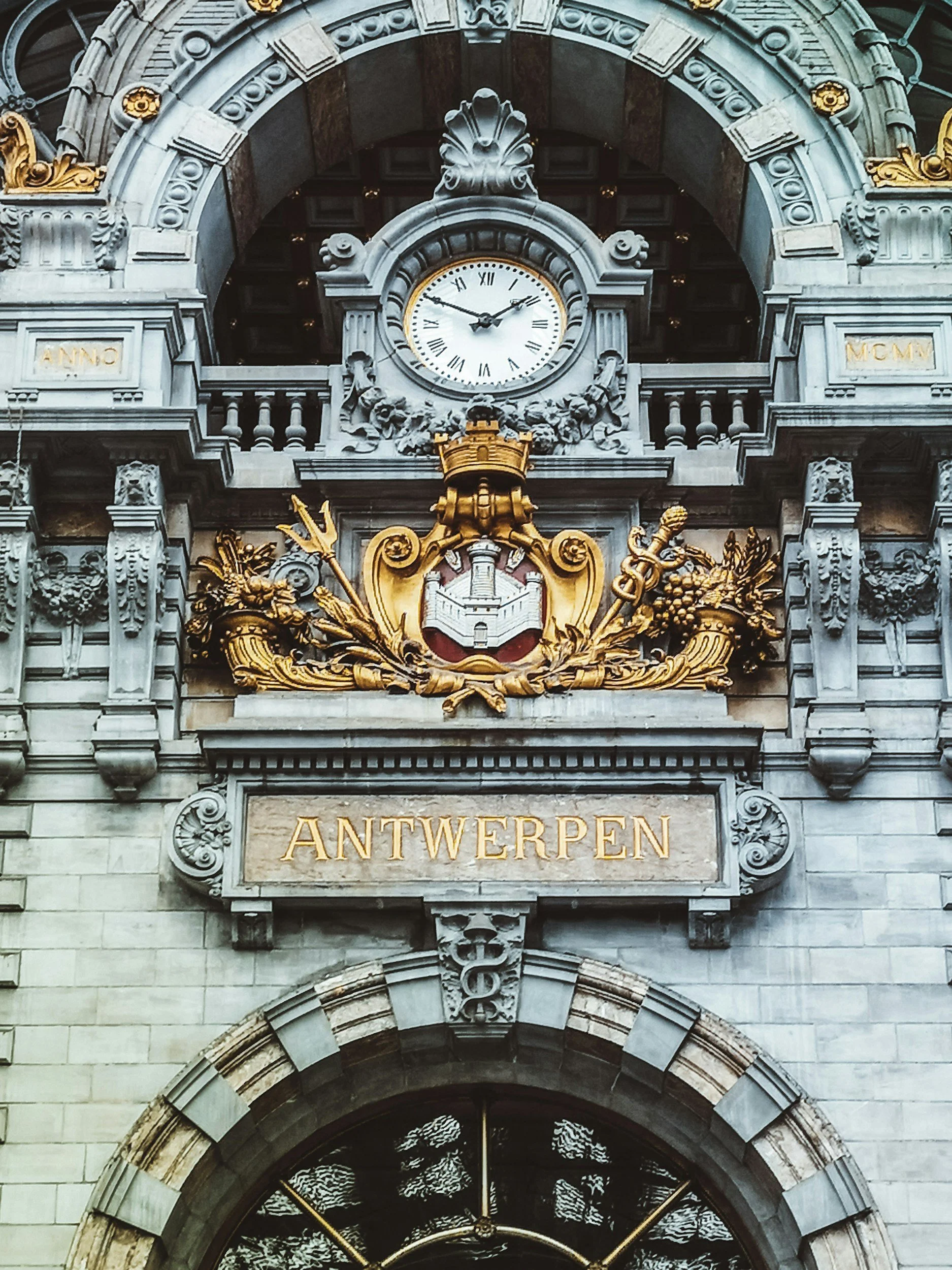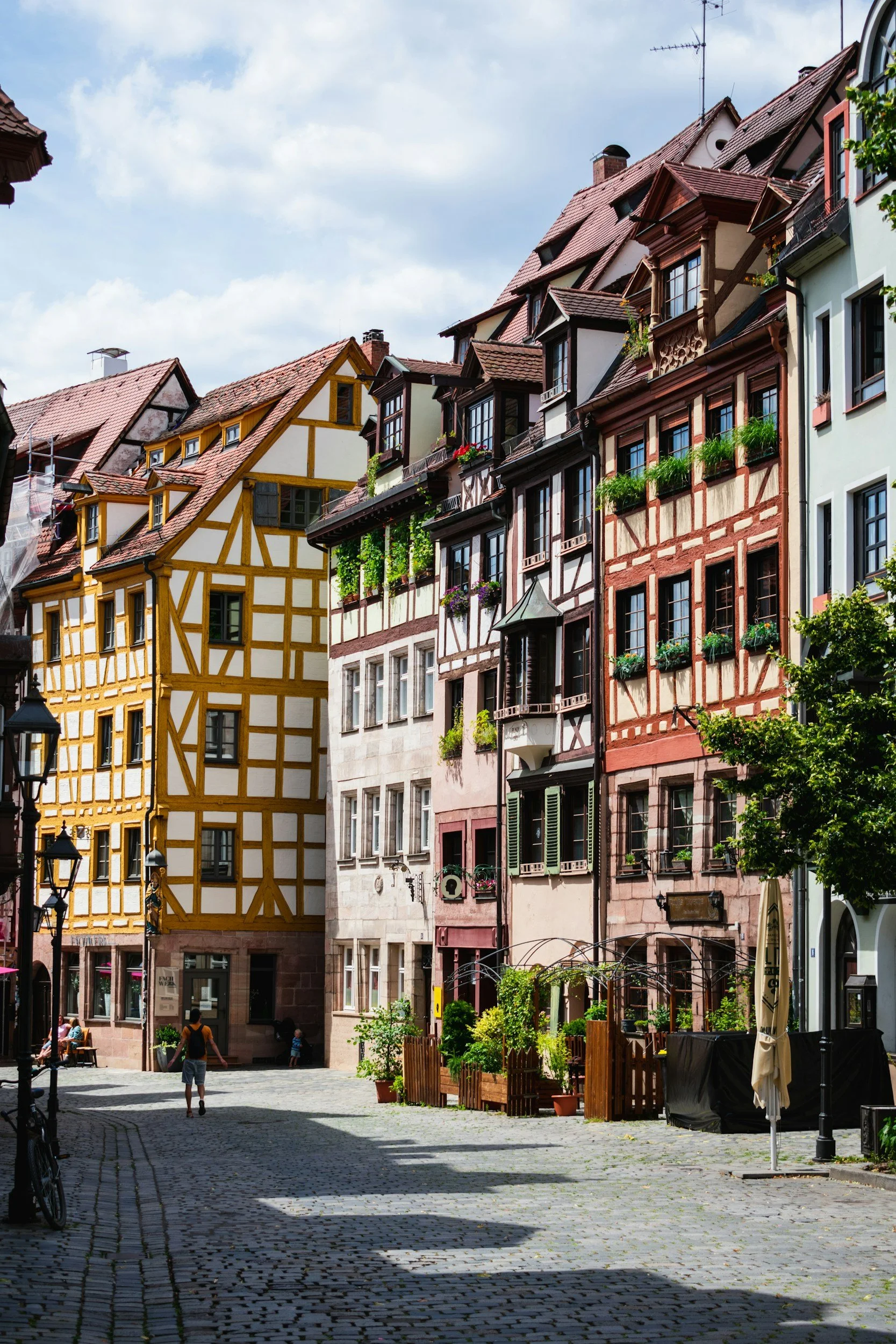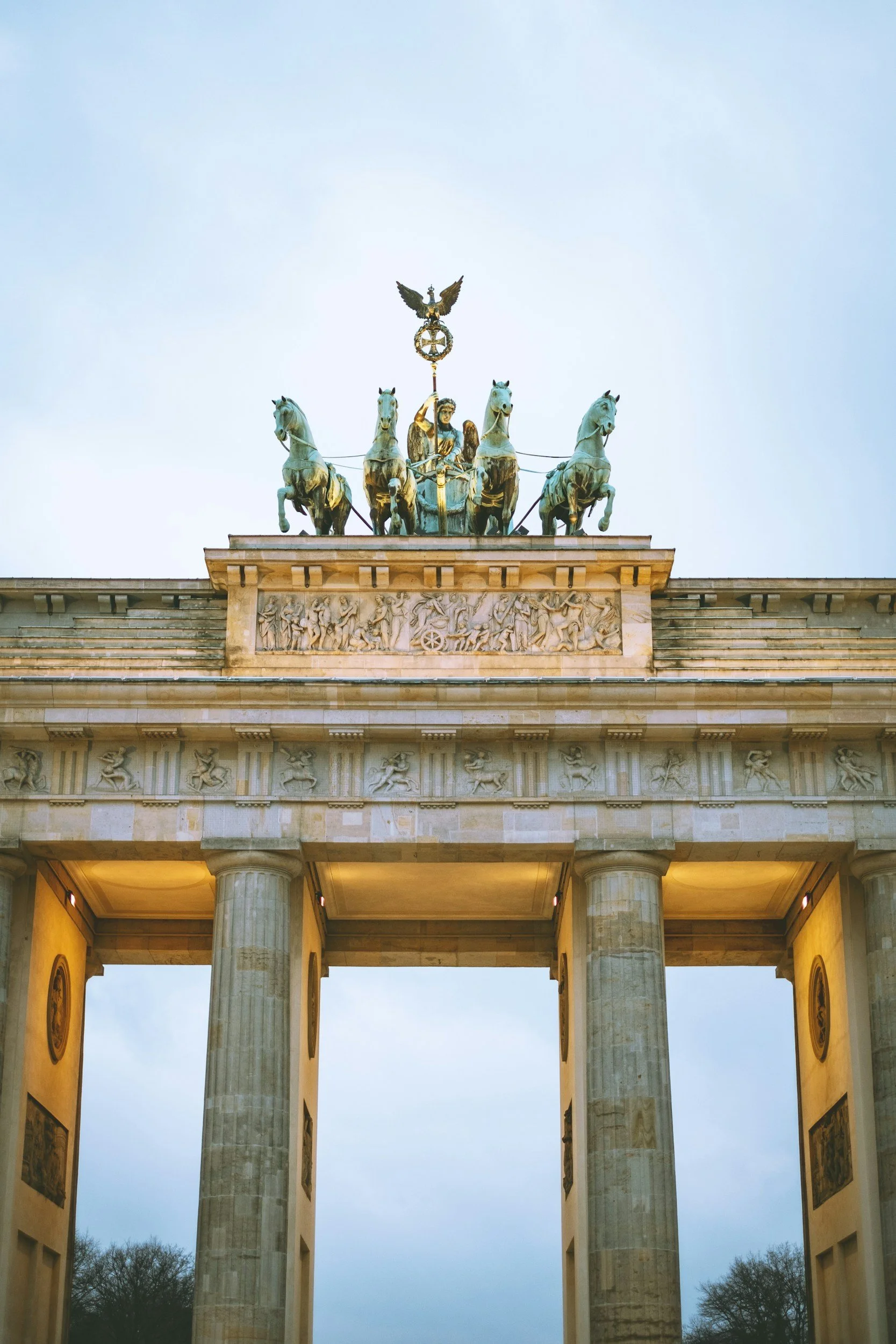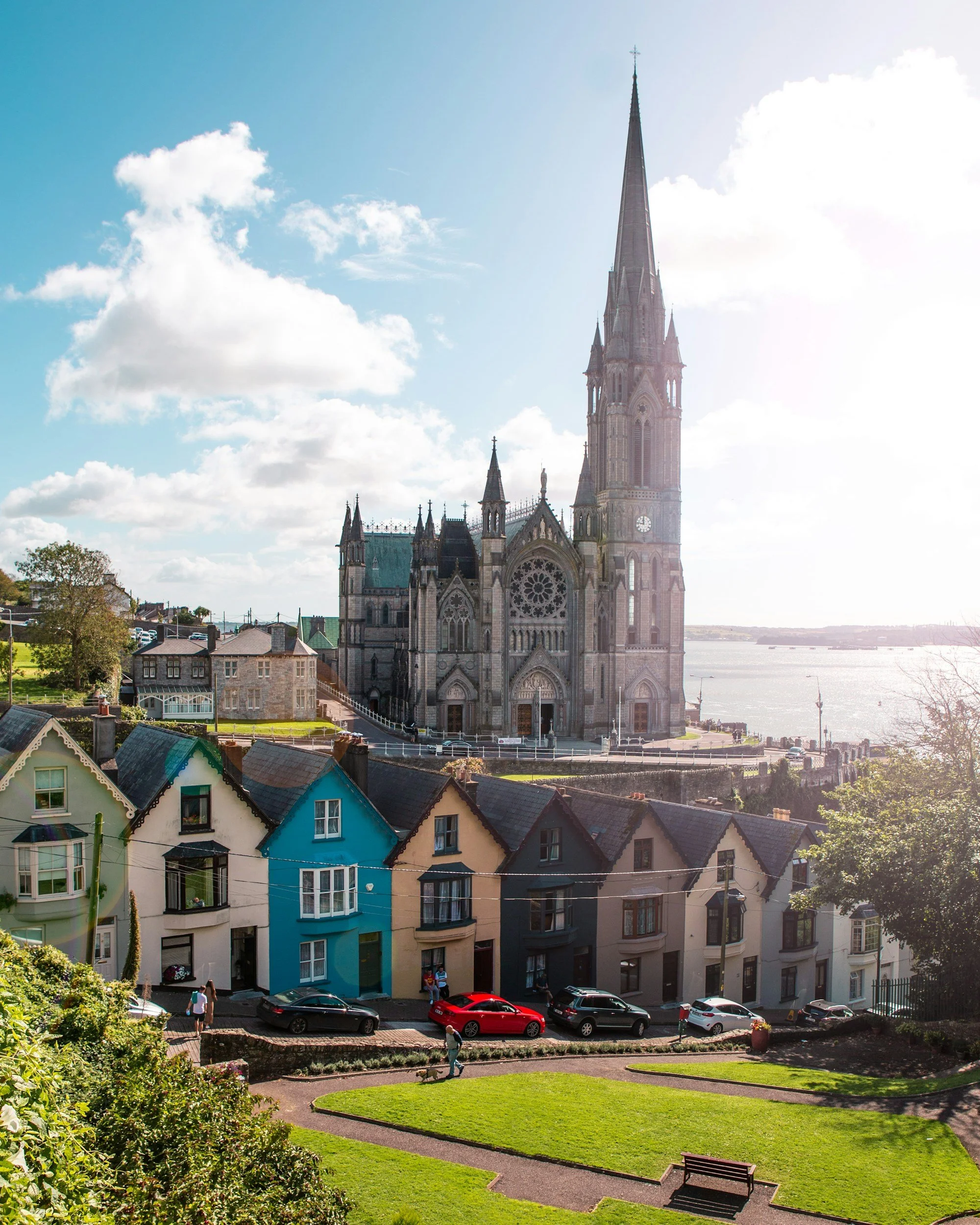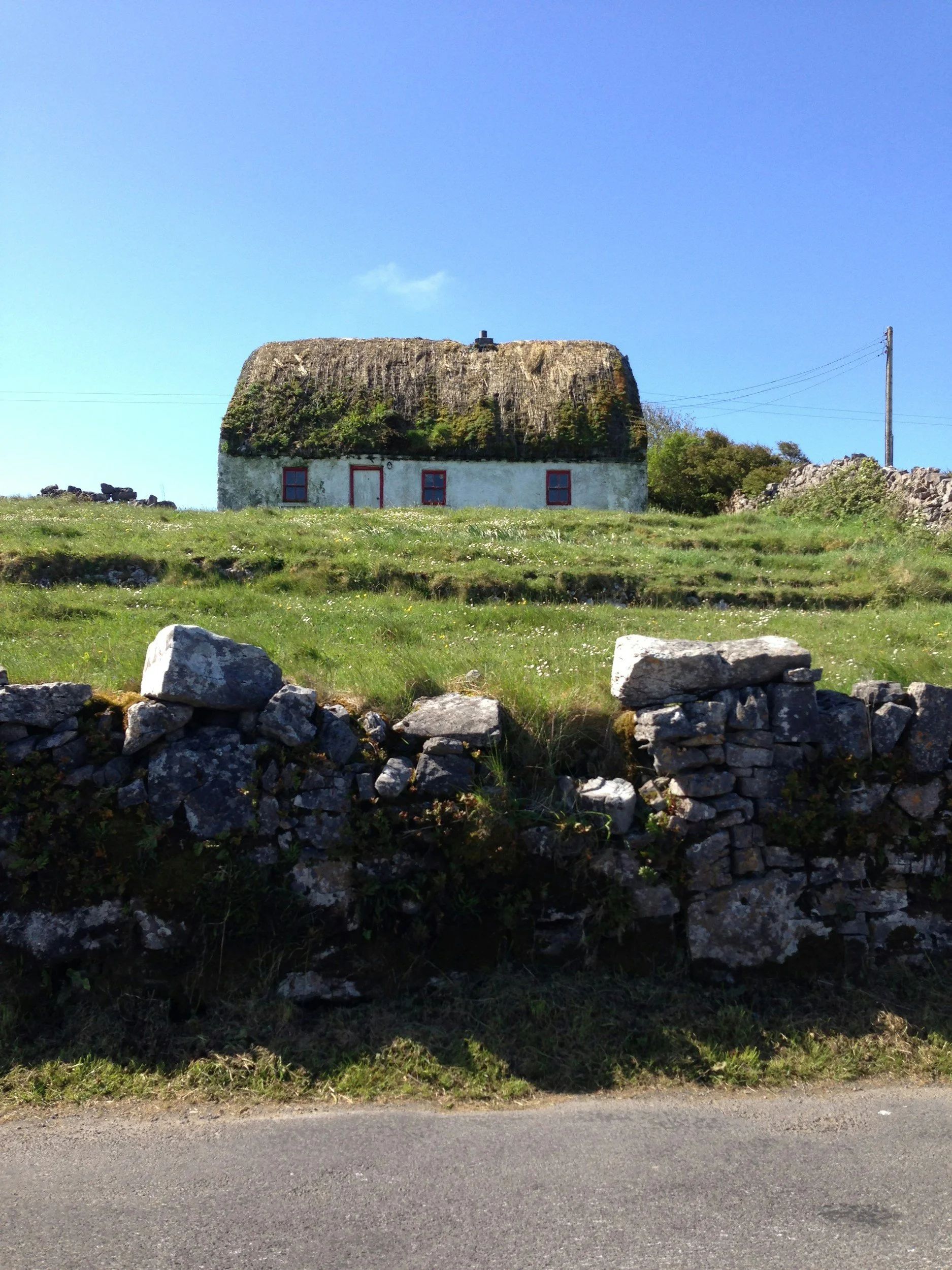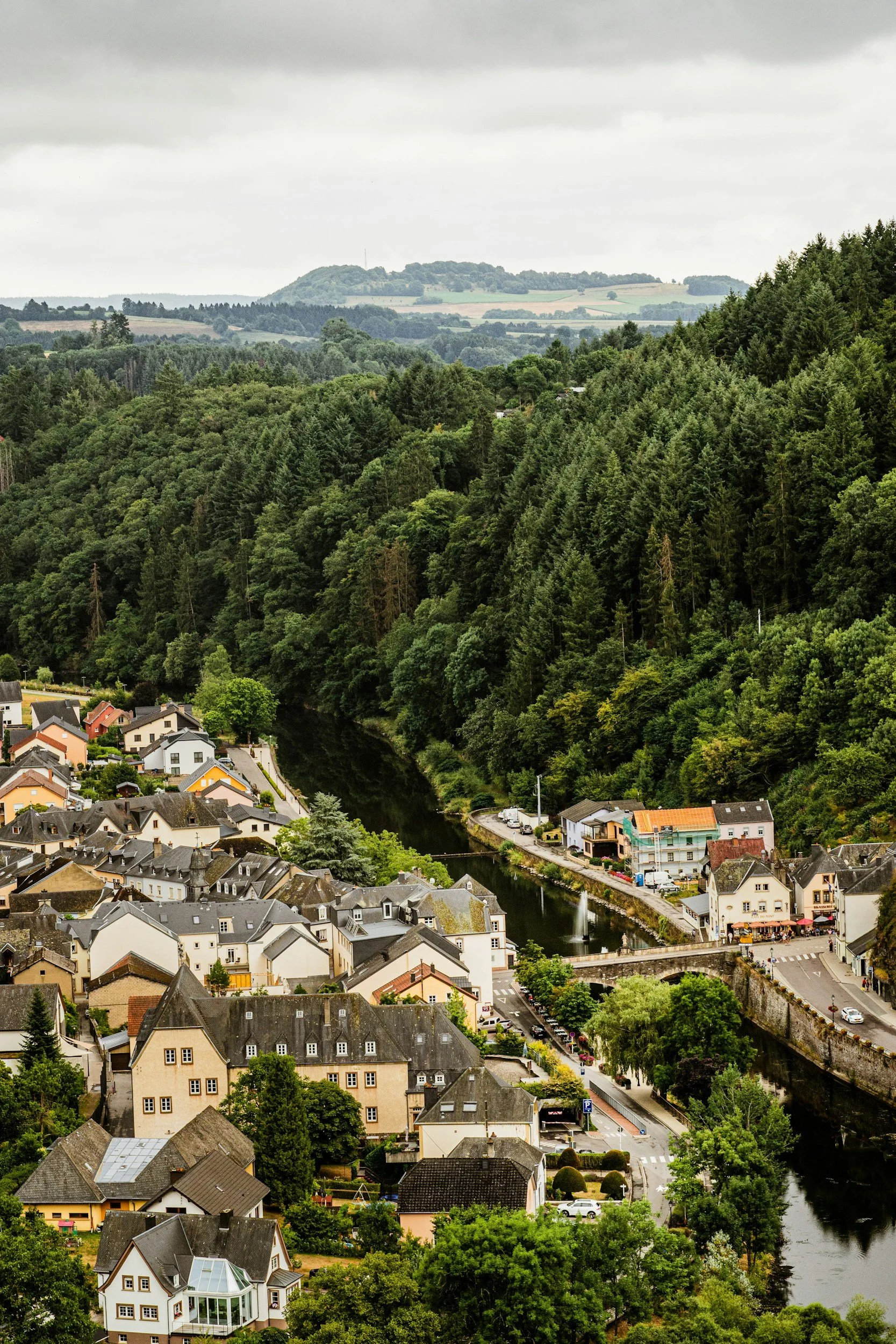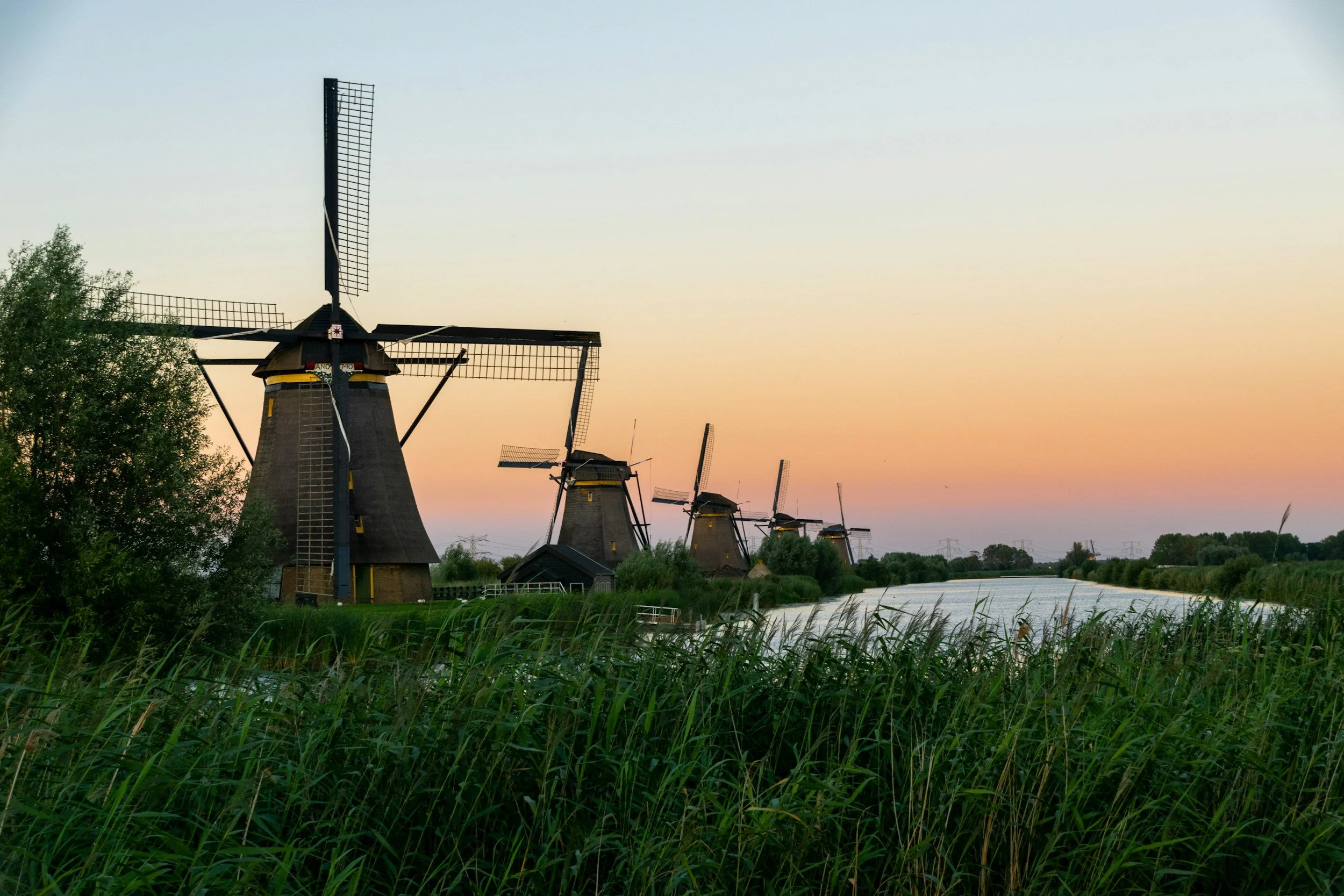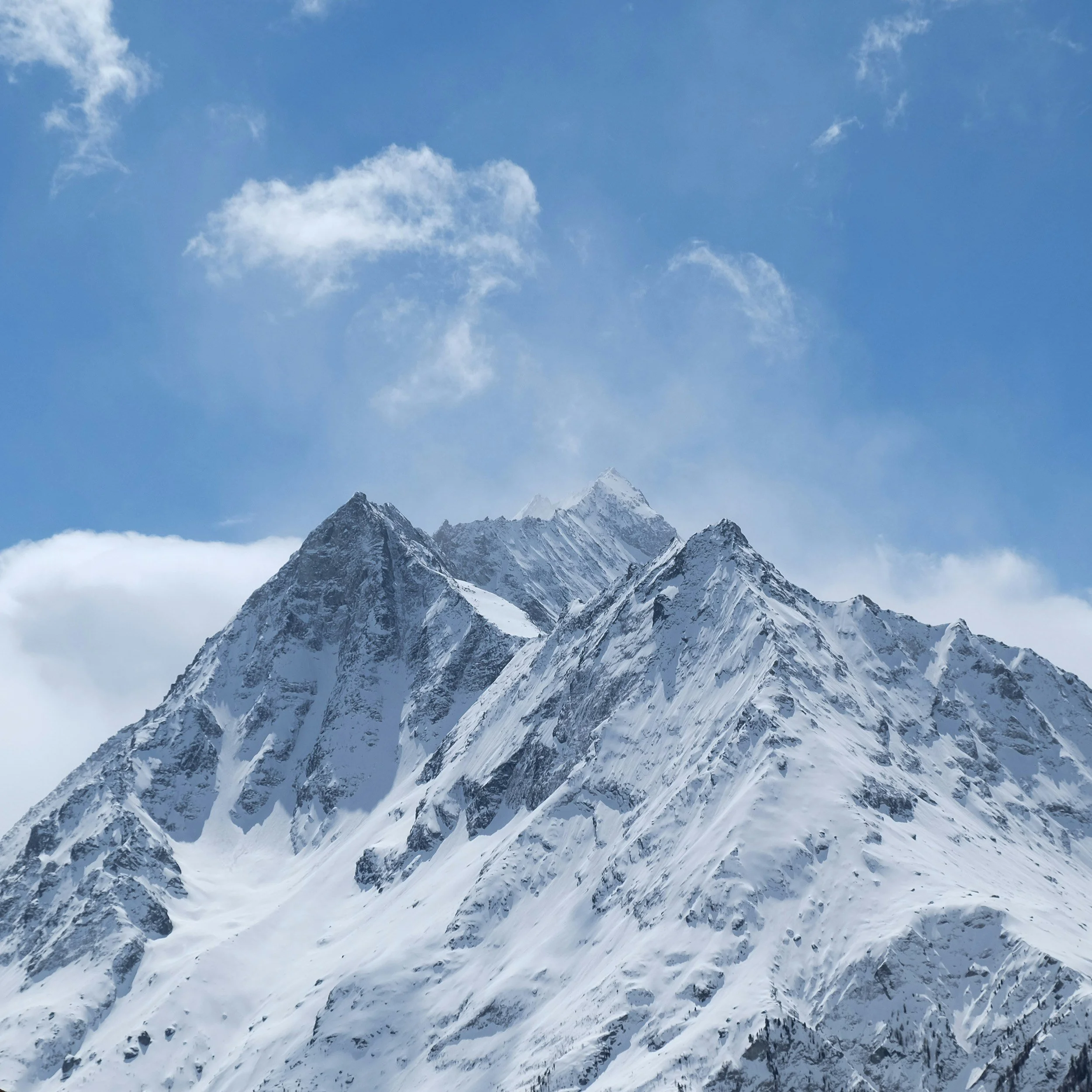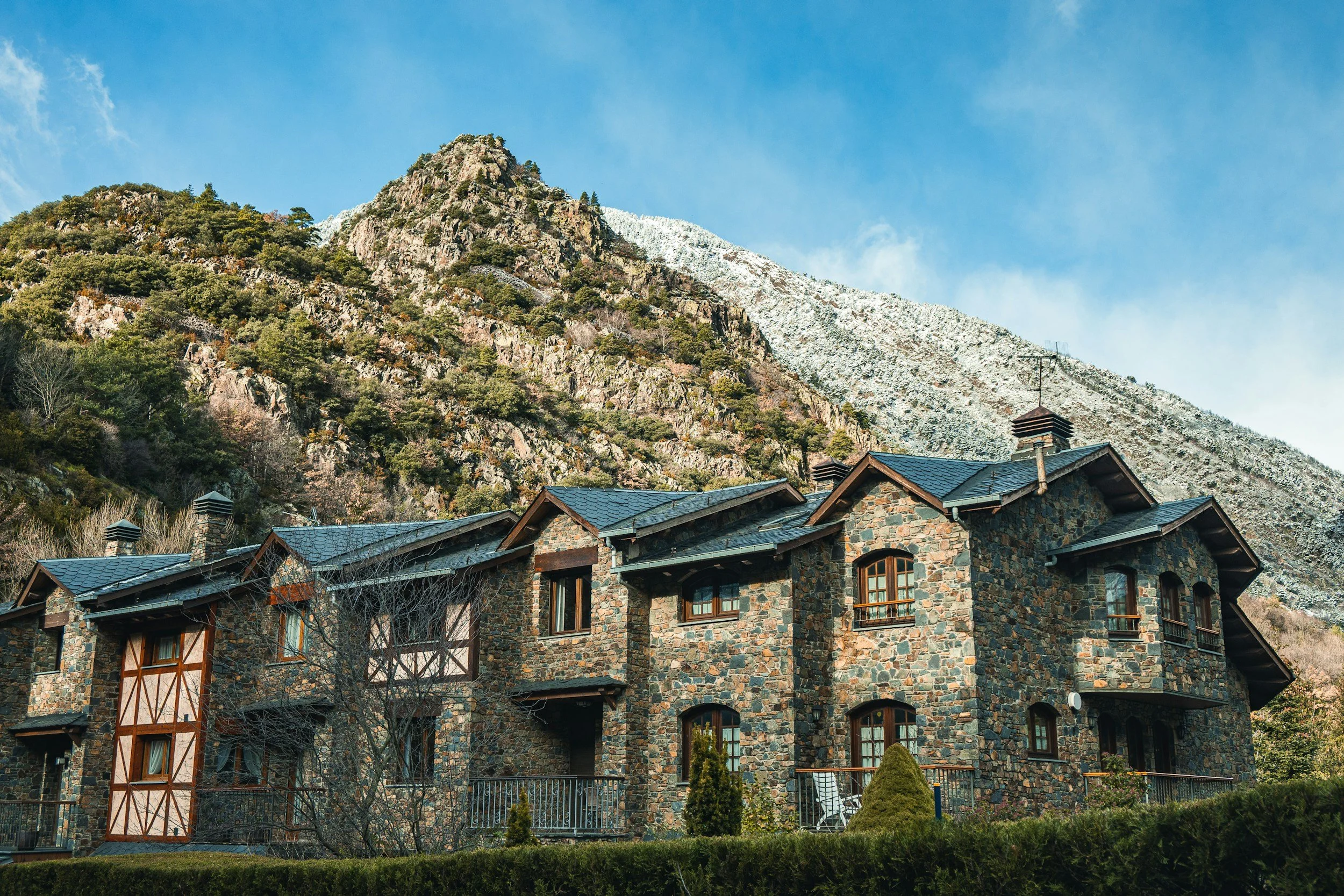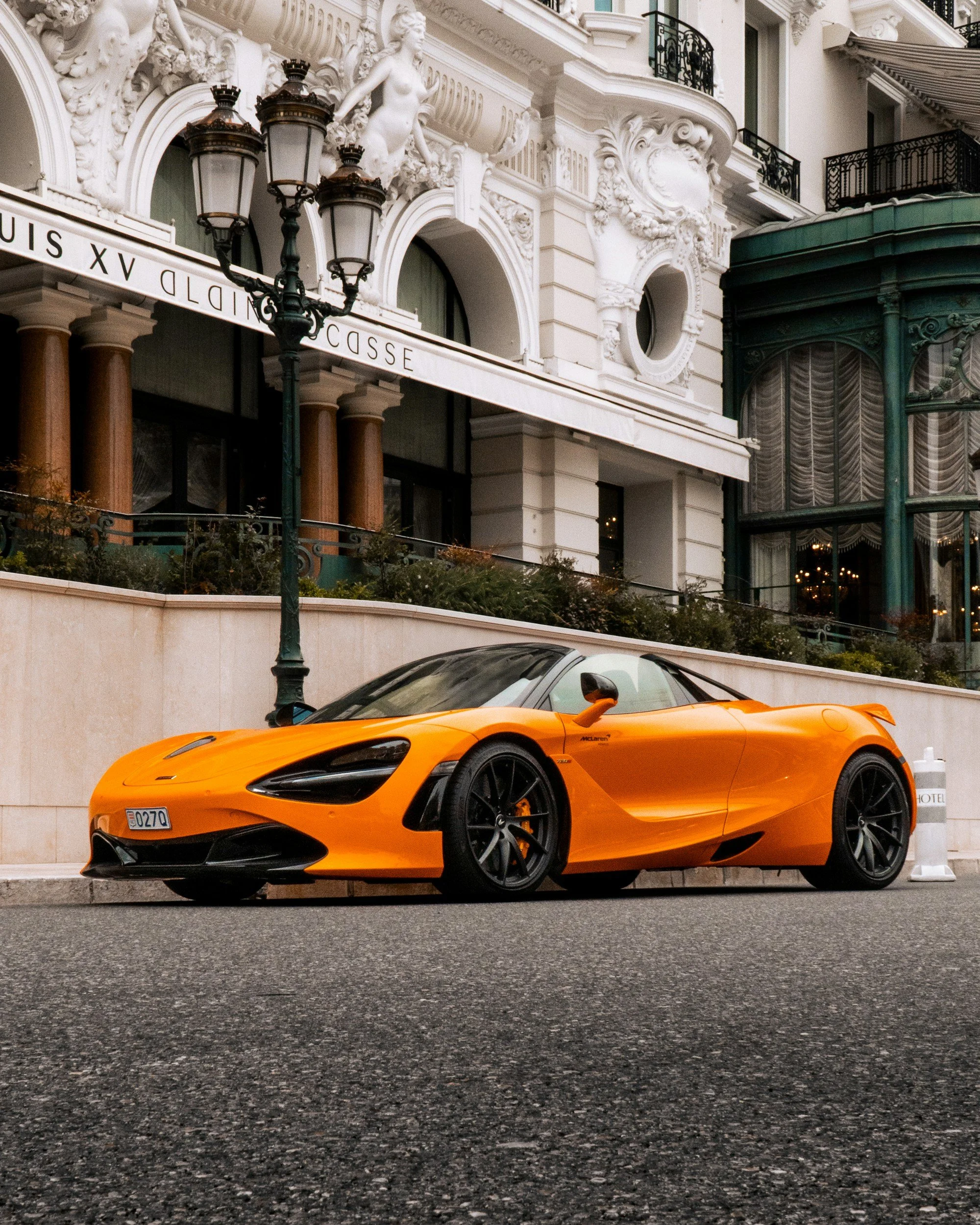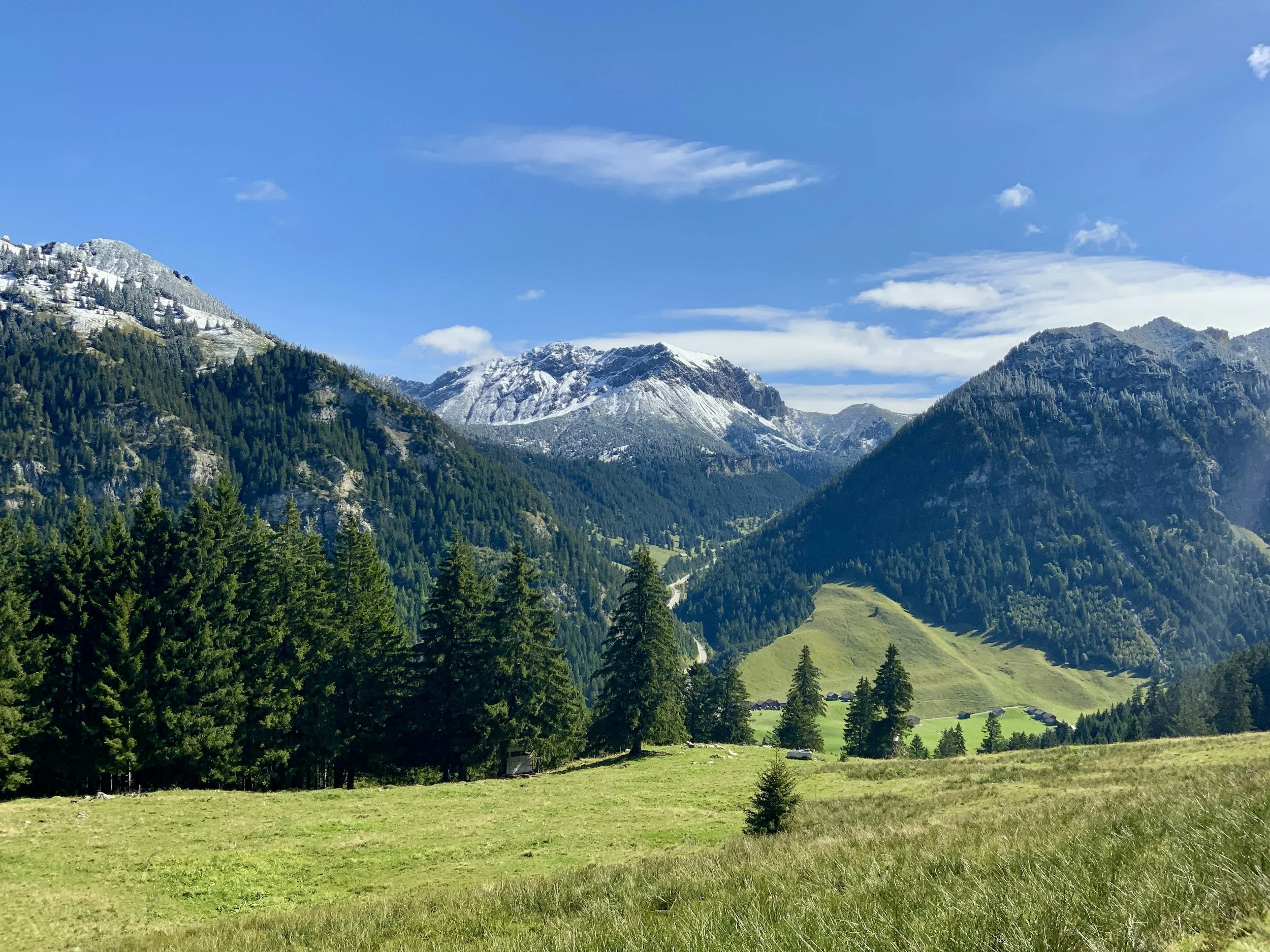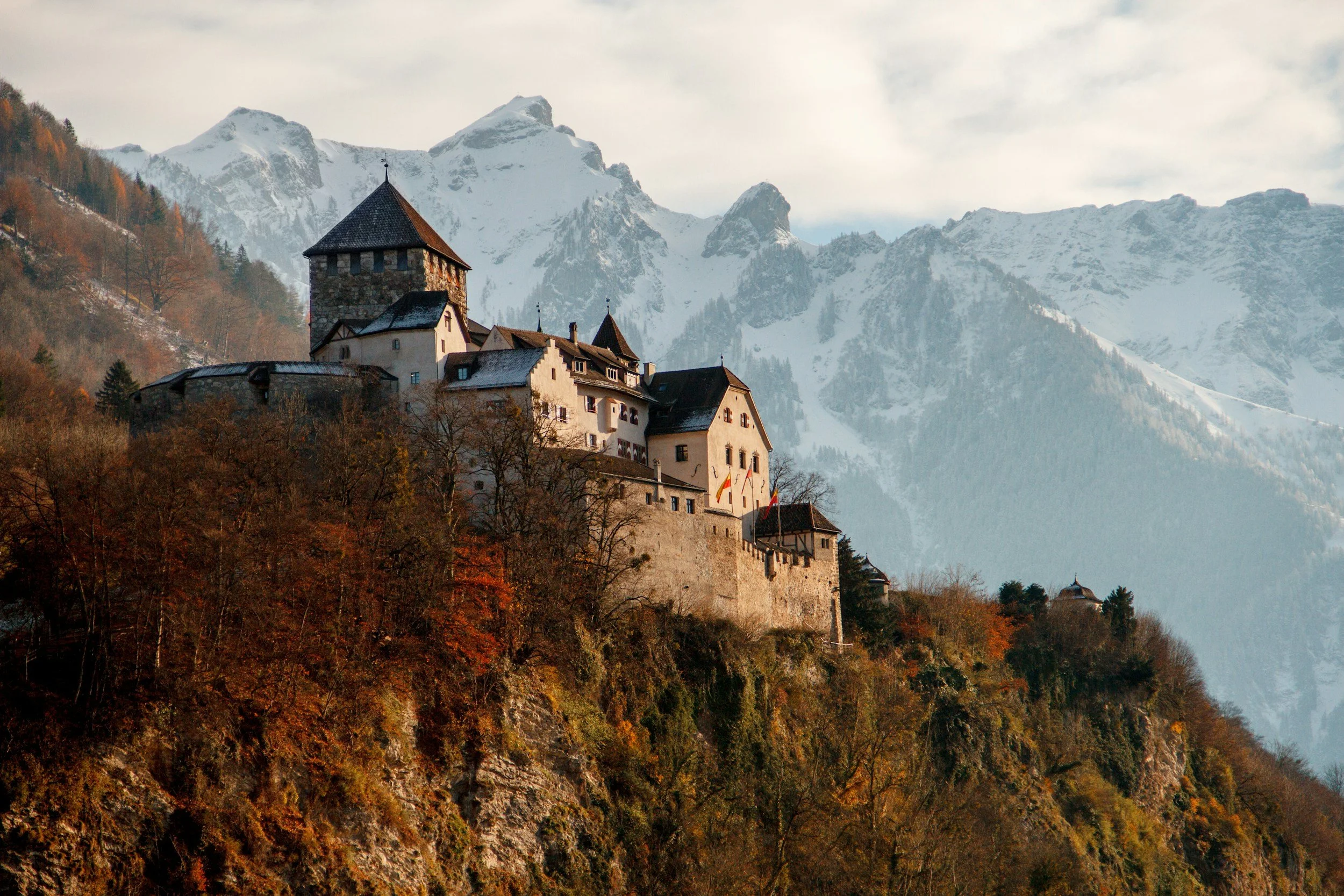
Filming in Western Europe
Western Europe offers one of the continent’s most compact yet varied filmmaking landscapes, where medieval castles, alpine peaks, Gothic cathedrals, art nouveau quarters, canals, vineyards, and cosmopolitan skylines can be reached within short travel distances. Productions can shift seamlessly between Bavaria’s fairy-tale palaces, Switzerland’s lakes and glaciers, Ireland’s rugged Atlantic cliffs, the Netherlands’ canal networks, Belgium’s fortress towns, Luxembourg’s fortified valleys, Monaco’s Riviera glamour, and Liechtenstein’s alpine villages. Countries in this zone: Andorra, Austria, Belgium, Germany, Ireland, Liechtenstein, Luxembourg, Monaco, the Netherlands, and Switzerland, offer world-class infrastructure, skilled crews, and competitive incentive schemes administered through strong national film commissions. This combination of scenic authenticity, logistical efficiency, and reliable production value makes Western Europe a prime base for both large-scale studio features and high-end documentaries
Austria combines imperial grandeur, alpine majesty, and cultural heritage, offering locations that have long inspired cinema. Vienna’s Hofburg and Schönbrunn palaces evoke centuries of Habsburg history, while Salzburg’s UNESCO-listed baroque Old Town and hilltop fortress provide storybook settings for period dramas and musical narratives. Hallstatt’s lakeside village delivers one of Europe’s most photographed vistas, ideal for romance or mystery, while the Grossglockner High Alpine Road winds through dramatic mountain landscapes suited to adventure and road films. The Wachau Valley, with its vineyards, abbeys, and Danube panoramas, enriches productions with pastoral elegance. These sites support genres ranging from historical epics and classical music films to contemporary travel features. Austria’s advanced infrastructure, skilled crews, and central European location further enhance its appeal. BARAMON collaborates with the Austrian Film Institute to access incentives, manages filming in sensitive UNESCO heritage zones, and engages professional orchestral talent for musical sequences, ensuring productions capture both authenticity and grandeur.
Belgium provides a versatile mix of medieval charm, cosmopolitan energy, and natural landscapes, making it a compact yet richly cinematic destination. Bruges enchants with its canal-lined streets, belfries, and guildhalls, while Brussels contrasts the ornate Grand Place and Art Nouveau masterpieces of Victor Horta with European Union modernism. Ghent’s Gravensteen castle and St Bavo’s Cathedral anchor Gothic grandeur, Leuven contributes historic university halls and libraries, and the Ardennes region offers dense forests, river valleys, and wartime sites suited to action or historical narratives. These diverse settings support genres from historical dramas and period romances to contemporary urban comedies and political thrillers. With multilingual crews and a central location between France, Germany, and the Netherlands, Belgium also doubles easily for neighboring countries. BARAMON collaborates with Screen Brussels and regional commissions to secure permits, arranges access to sensitive heritage locations, contracts experienced multilingual crews, and ensures productions benefit from Belgium’s competitive tax shelter incentive.
Germany offers an expansive range of filming backdrops, from Berlin’s Brandenburg Gate, Museum Island, and vibrant contemporary art scene to the fairy-tale towers of Neuschwanstein Castle in Bavaria. Hamburg contributes cinematic contrasts with its UNESCO-listed Speicherstadt warehouses and the futuristic Elbphilharmonie concert hall, while Cologne Cathedral dominates the skyline with soaring Gothic spires. The Black Forest adds atmospheric gorges, waterfalls, and dense woodland suited to folklore-inspired tales and thrillers. These varied settings accommodate fairy tales, historical dramas, political thrillers, and high-tech urban narratives, supported by Germany’s world-class studios, crews, and extensive incentive infrastructure. Regional film funds such as Medienboard Berlin-Brandenburg, FFF Bayern, and Filmstiftung NRW provide targeted support, while robust transport and post-production facilities make the country a European production hub. BARAMON partners with these regional funds to maximize incentives, secures permits for filming at heavily trafficked urban landmarks, and navigates Germany’s detailed environmental regulations to ensure compliance while maintaining creative flexibility.
Ireland combines dramatic natural scenery with rich cultural heritage, offering filmmakers iconic and versatile locations. The Cliffs of Moher rise sheer above the Atlantic, while Skellig Michael, a UNESCO-listed monastic island, provides an isolated, otherworldly stage famed for its appearance in recent blockbusters. Dublin contributes elegant Georgian squares, cobbled streets, and the historic Trinity College, while the Ring of Kerry winds through rugged coastlines, mountain passes, and lakes that evoke myth and legend. To the north, the Giant’s Causeway forms a surreal volcanic landscape of interlocking basalt columns, uniquely suited to fantasy or science fiction. Ireland’s lush greenery, layered folklore, and living musical traditions make it an ideal backdrop for period dramas, fantasy epics, and films centered on cultural identity. BARAMON works with Screen Ireland to manage permitting and access to heritage sites, coordinates ferry logistics for Skellig Michael, and engages local musicians, actors, and storytellers to bring authentic Irish voices into productions.
Luxembourg combines medieval fortifications, pastoral valleys, and modern infrastructure within a compact territory ideally suited to international productions. Luxembourg City’s cliff-top bastions and casemates form dramatic historic settings, while Vianden Castle dominates river valleys with Gothic romance. The Müllerthal region, known as “Little Switzerland,” offers moss-covered rock formations, caves, and forested trails suited to fantasy or adventure genres, while the Moselle valley adds vineyards and wine villages for pastoral or culinary stories. Echternach Abbey contributes monastic gravitas and religious authenticity. Despite its small size, Luxembourg has positioned itself as a strategic co-production hub, with robust funding mechanisms, advanced post-production facilities, and easy cross-border access to France, Germany, and Belgium. BARAMON liaises with Film Fund Luxembourg to secure financial support, negotiates permissions for filming in privately owned castles and estates, and coordinates legal and logistical requirements across German, French, and Luxembourgish jurisdictions, ensuring seamless production within a tri-lingual environment.
The Netherlands offers a distinctive blend of historic charm and modern innovation, with Amsterdam’s concentric canals, gabled houses, and iconic bridges providing instantly recognizable urban scenery. The windmills of Kinderdijk, a UNESCO World Heritage site, and the colorful tulip fields of Keukenhof evoke pastoral and seasonal spectacle, while the open-air museum of Zaanse Schans recreates traditional Dutch life with wooden houses, workshops, and waterways. Rotterdam contrasts this heritage with an ultramodern skyline, innovative architecture such as the cube houses, and one of the world’s largest ports, lending scale to contemporary narratives. Flat polder landscapes and dense cycling infrastructure create ideal conditions for road movies, car commercials, and sports documentaries, while historic towns and waterways support period dramas and travel features. The Netherlands also benefits from efficient infrastructure and a strong production ecosystem. BARAMON collaborates with the Netherlands Film Fund to secure rebates and permits, coordinates filming around seasonal tulip blooms, and manages waterway authorizations for canal sequences, ensuring productions capture the country’s unique visual identity.
Switzerland offers some of Europe’s most cinematic alpine and cultural settings, anchored by the iconic Matterhorn rising above Zermatt’s traditional chalets. Lucerne contributes its medieval wooden Chapel Bridge and the panorama from Mount Pilatus, while the Jungfrau region, encompassing Grindelwald and Lauterbrunnen, provides waterfalls, alpine meadows, and dramatic valleys long favored by filmmakers. Along Lake Geneva, Château de Chillon stands as a fairytale lakeside fortress, and Bern’s UNESCO-listed arcaded old town curves elegantly around the River Aare, balancing historic gravitas with natural beauty. These locations support high-end commercials, alpine sports films, travel documentaries, and classical dramas, enhanced by Switzerland’s pristine landscapes and reputation for precision. With well-developed transport links, multilingual crews, and reliable infrastructure, productions enjoy both logistical ease and cinematic scale. BARAMON liaises with cantonal film offices to secure permits, arranges helicopter and aerial cinematography in alpine zones, and coordinates with mountain rescue teams to ensure safety when filming in high-altitude or glacial environments.
Andorra, nestled in the Pyrenees between France and Spain, offers a compact yet visually striking mix of alpine and cultural locations. Its premier ski resorts, Vallnord and Grandvalira, provide ready-made infrastructure for winter sports films and action sequences, while the futuristic Caldea spa complex adds avant-garde architecture to contrast the natural landscape. The historic Casa de la Vall parliament building anchors political or heritage narratives, and the UNESCO-listed Madriu–Perafita–Claror valley delivers glacial valleys and highland pastures ideal for adventure or ecological features. The Romanesque Sant Joan de Caselles church, dating to the 12th century, enriches medieval tales with authentic religious architecture. These assets make Andorra particularly suitable for winter sports, medieval dramas, and survival or adventure narratives. BARAMON manages high-altitude logistics, secures ski resort access during off-season windows, and works with Andorran authorities to obtain tax exemptions and permits, ensuring efficient production within this mountain principality.
Monaco offers one of the most concentrated displays of glamour and cinematic prestige in Europe, where historic heritage and luxury modernity intersect within just two square kilometres. The Monte Carlo Casino and Hôtel de Paris evoke Belle Époque opulence, while the Prince’s Palace and the old town on the Rock of Monaco provide historic gravitas overlooking the Mediterranean. The world-famous Formula 1 Grand Prix circuit transforms city streets into high-octane backdrops, complemented by the Exotic Garden with its cliffside cave systems and Larvotto Beach for Riviera leisure sequences. These locations make Monaco a natural stage for thrillers, romances, heist narratives, and luxury brand campaigns, supported by its reputation as a playground for the international elite. Despite the principality’s dense urban footprint, productions benefit from its infrastructure and visibility. BARAMON works with the Monegasque Film Commission to secure permits, arranges controlled access to sections of the Grand Prix track, and manages logistics in this highly populated environment, ensuring seamless operations in one of Europe’s most exclusive filming territories.
Liechtenstein, one of Europe’s smallest states, offers alpine charm and princely heritage within a compact, accessible landscape. Vaduz Castle, still the residence of the royal family, dominates the capital’s skyline, while Gutenberg Castle in Balzers provides a preserved medieval fortress with sweeping valley views. The Malbun ski area delivers year-round alpine settings for sports or survival films, and the Rhine Valley contributes terraced vineyards and pastoral scenery ideal for commercials and lifestyle shoots. Even the Prince’s private wine cellar offers a rare backdrop for exclusive cultural or culinary features. With its micro-scale infrastructure, Liechtenstein suits small-team productions, luxury campaigns, and tightly controlled shoots requiring discretion. BARAMON coordinates with the Liechtenstein Film Commission and the royal administration to secure permits, manages access to heritage properties, and arranges winter logistics via narrow mountain roads, ensuring smooth operations in this uniquely intimate alpine environment.




